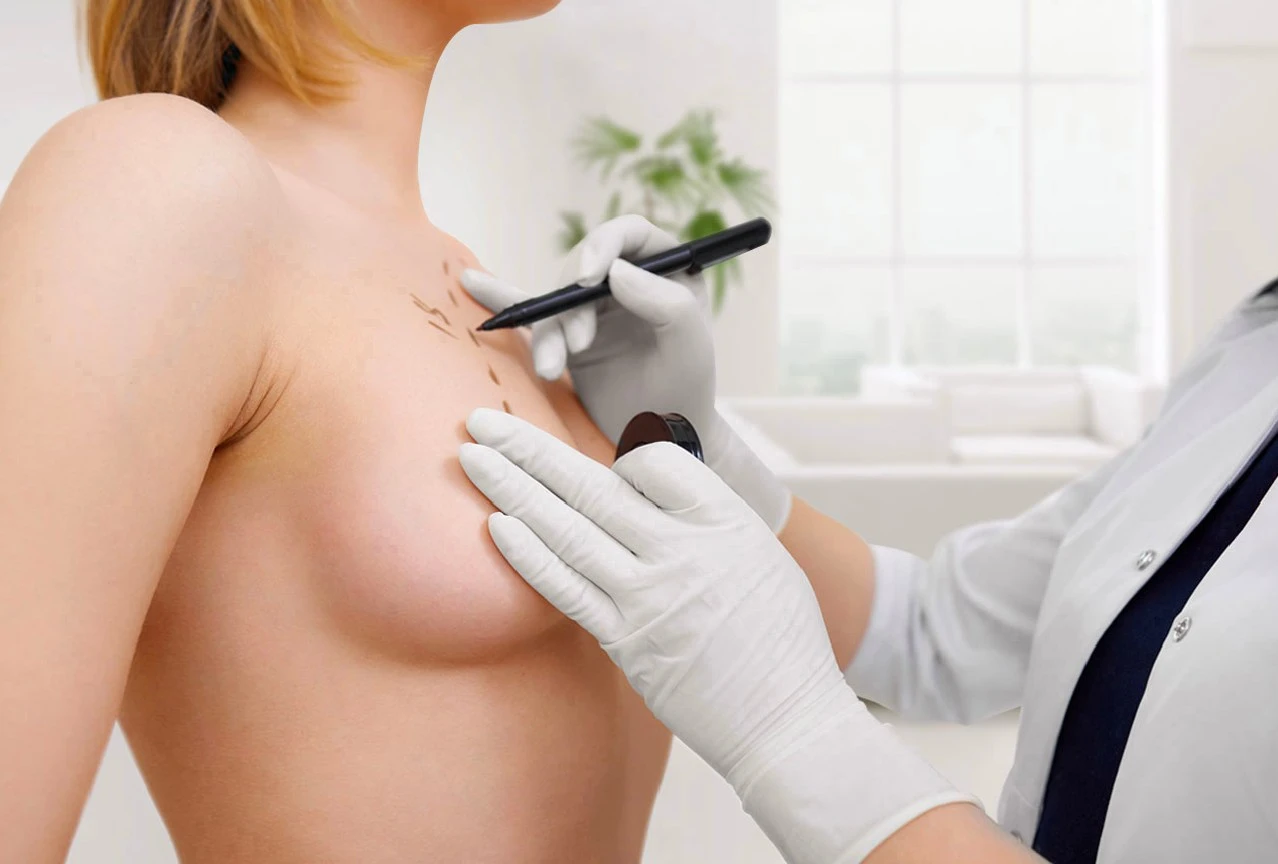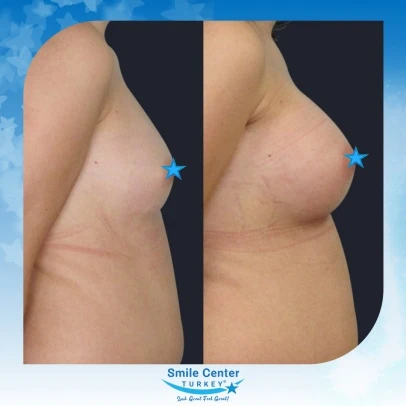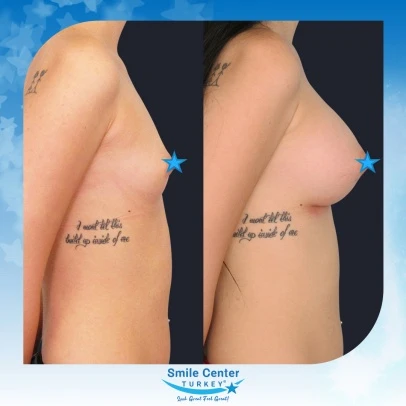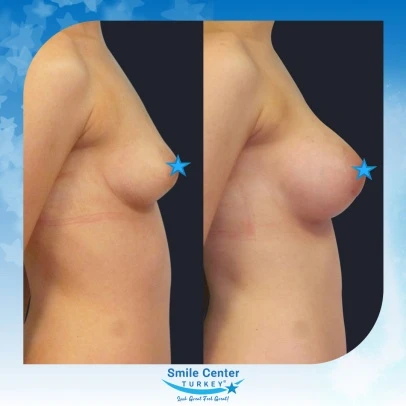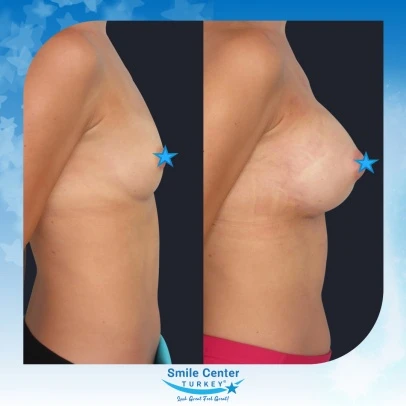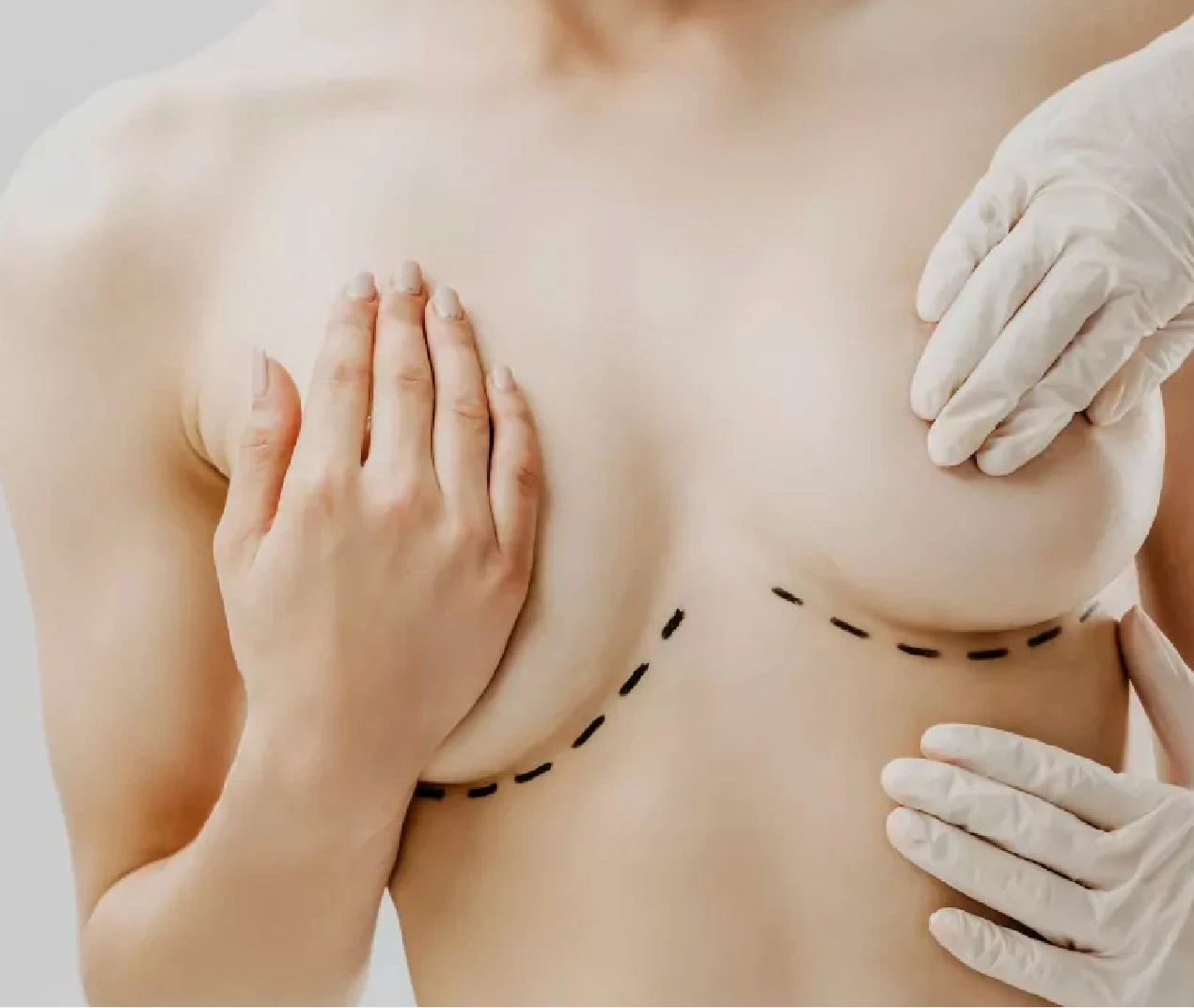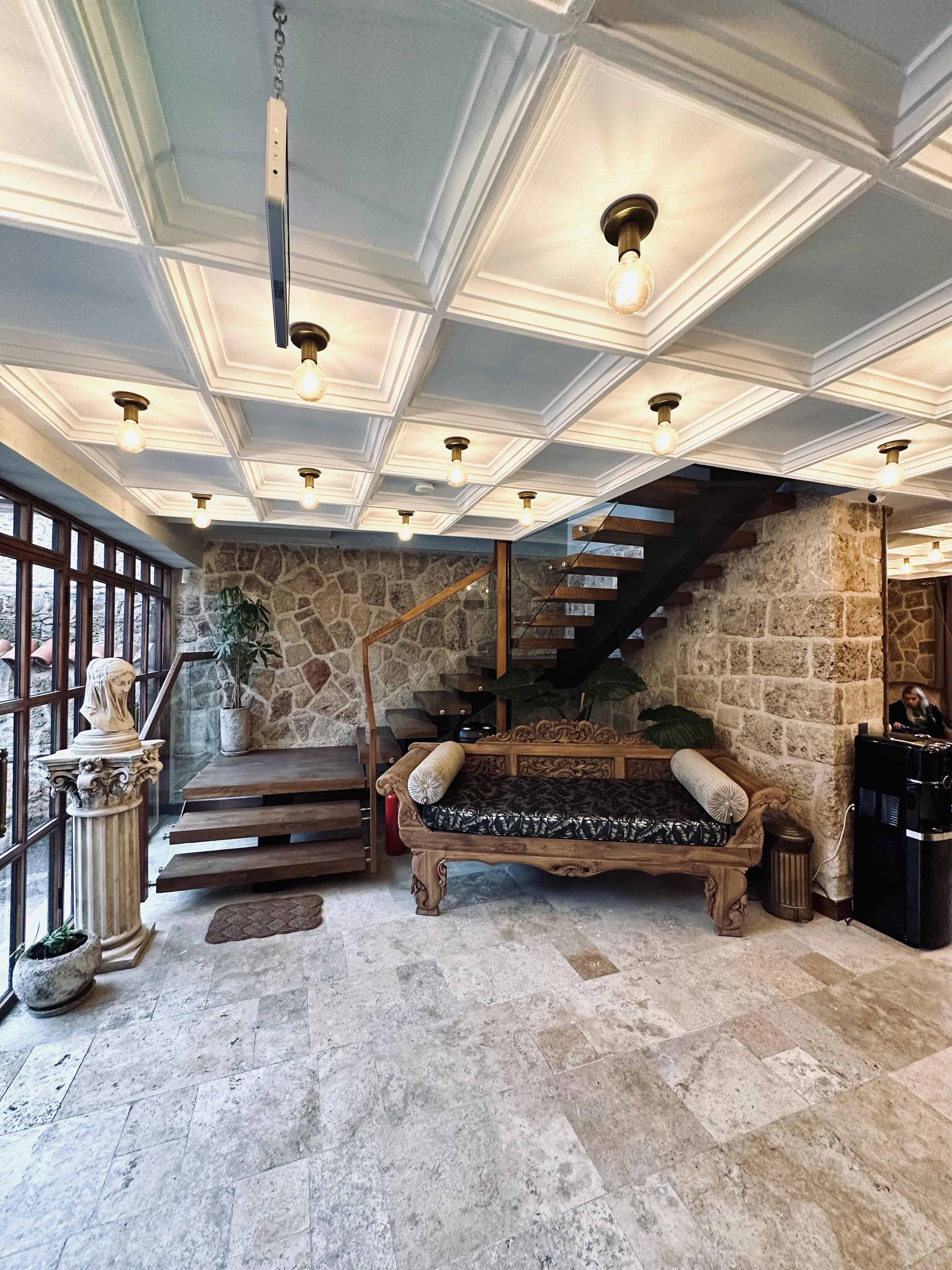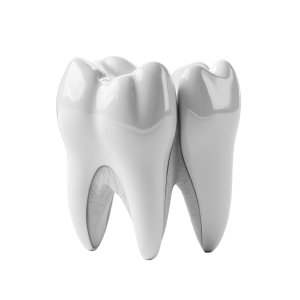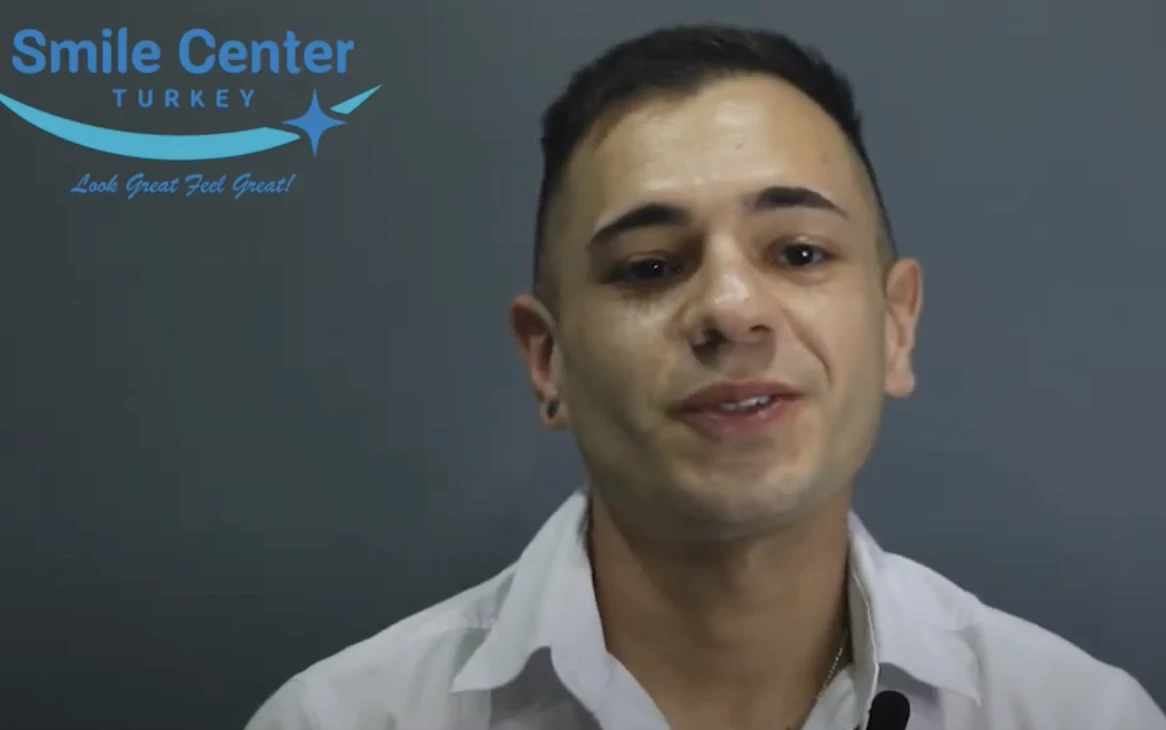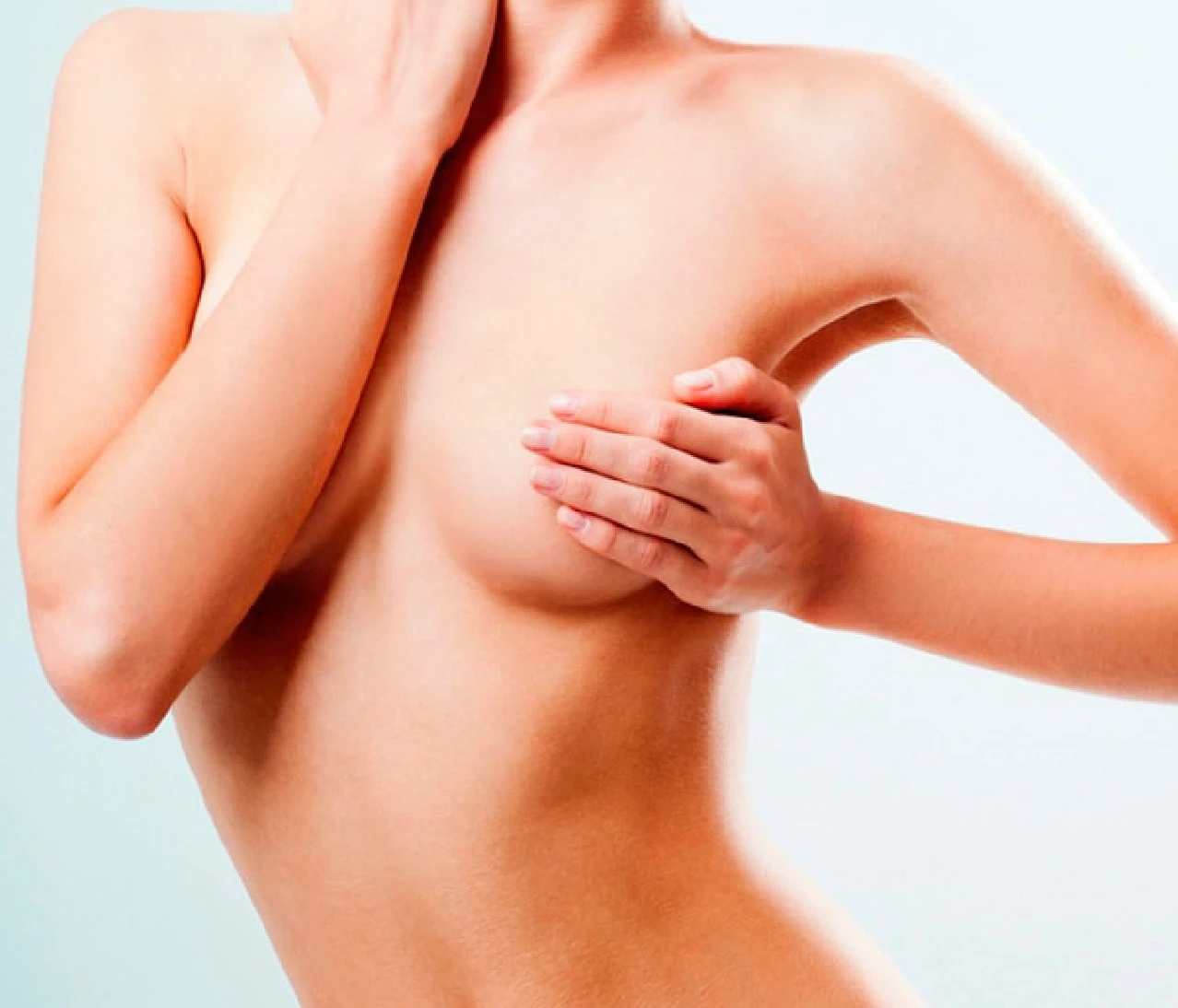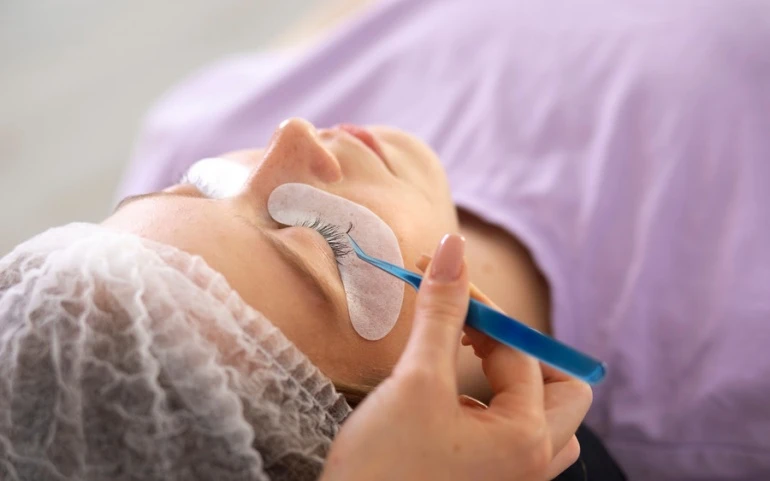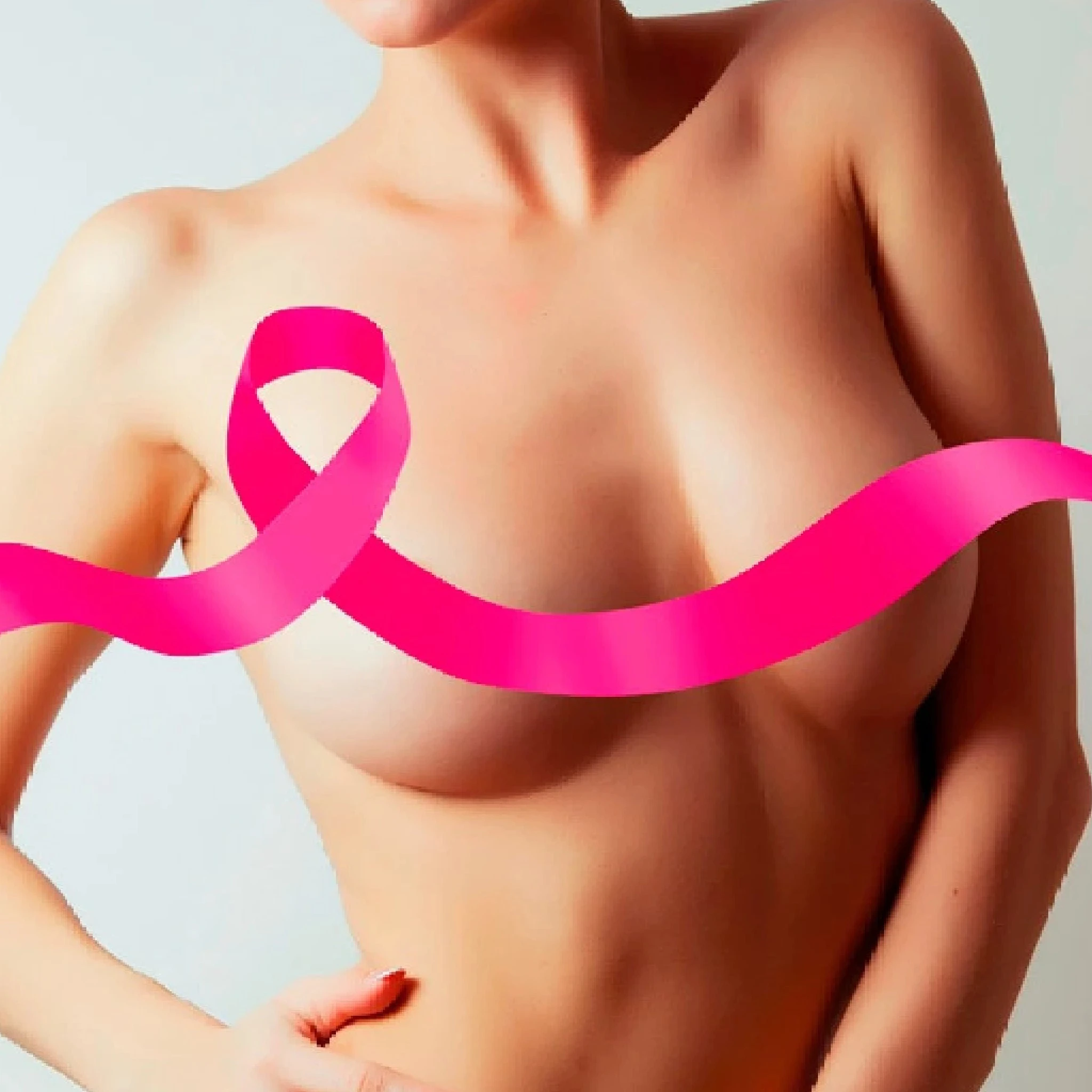While there isn't an 'ideal' candidate for breast augmentation because everyone is unique, certain factors can contribute to a smoother surgery and recovery experience.
One crucial aspect is not being a smoker, as smoking can impact wound healing and hinder recovery. It's also beneficial to be at a stable weight and not planning to become pregnant soon. Additionally, having realistic expectations about the surgery process is important.
If you meet these conditions, you may be considered a good candidate for breast enlargement surgery. However, if you are a smoker, have an unstable weight, or are planning pregnancy in the near future, your surgeon may advise that the procedure might not be suitable for you. Understanding these factors and discussing them with your surgeon can help ensure a more successful and satisfying breast augmentation journey.


